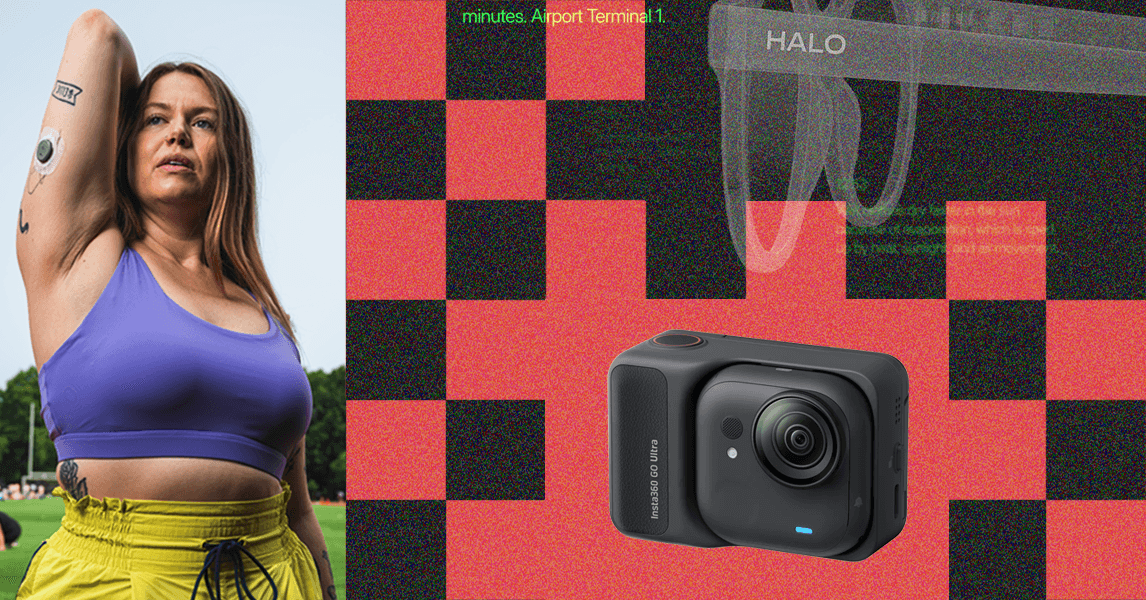

The game is filling a hole for this type of instruction; there aren’t many programs that teach basic chess. “Many of the products that were on the market catered to someone who knew chess already, and we really saw an opportunity to bring it more to the masses,” says Edwin Bodge, group product manager on Duolingo’s chess team.
Another appeal for creating the chess program is that chess takes a long time to master, which benefits the folks at Duolingo who are building a long-term business but also the user, who is working toward a long-term goal that takes patience and thought.
A Few Steps Ahead
To create the game, Duolingo hired people with a range of experiences to work on the format. For example, when Bodge joined the team, he says he knew how the pieces moved and that’s about it. The company also has someone on staff who takes his son to chess tournaments every weekend.
The program is also suitable for individuals at an intermediate level. “If you have previous chess experience, you can test into a later part of the course,” he says. “But for the most part, we’ve really gone after making chess much more accessible for people who either don’t know about it or just barely do.”
Fishman agrees. While the Duolingo app “is great for generating interest and embedding the fundamentals of chess, it does not replace structured learning or the richness of learning with a teacher,” he says. “ An app can highlight rules and simple tactics, but it also does not have the personalized feedback and motivation that comes from a coach.”
While I would love to consider getting more serious about chess in the future, for now the app has me playing chess every day. First I play a few lessons and am surprised how quickly I’m moving through the levels. Then I play a few matches. It’s a nice break from scrolling social media, and it keeps my mind busy when I’m in a car pickup line waiting for the kids. Unlike the language-learning modules, I don’t have to read or write. I can just focus on the pieces.
Oscar is a sore loser when I take his queen, and it’s fun watching him get frustrated. He’s clearly programmed to be a good competitor, and he never just lets me win. The program knows my familiarity with the game and how to challenge me without overwhelming me.
“When you’re first starting out, Oscar will go pretty easy on you,” says Sammi Siegel, staff software engineer on the chess team at Duolingo. “In the beginning, you need an easier experience and more hints. As you win, the program will scale you up in difficulty, so you’ll get slightly harder and harder bots, and then, if you lose, we’ll scale you back to be easier as well.”
Aside from keeping my Duolingo streak going and working through the chess levels, my personal goal is to increase my Elo score, a global ranking system used to compare chess players. It helps me understand where I stand compared to more seasoned players or if I decide to play on another online platform or in real life.
“The program is trying to calibrate where you’re at and push you to a higher Elo rating once you’re ready for it,” says Siegel. A level of 1,500 is considered intermediate, and that’s where Duolingo’s game ends. I’m hovering around 600 but gaining ground every day.
My kids have also started playing chess on the app, and we have fun sending screenshots of each other’s Elo scores. The one downside is that the program doesn’t have an option to play within the app against my children or a friend; I can only play against Oscar. Bodge acknowledges that the option to compete against other players or friends is a common request and says it’s on the team’s radar.
For now, I’m playing as much as I can and learning new strategies every day. That little girl from the ’80s who never found a way to pick up chess is proud she’s finally getting the hang of it. I want to show my kids that you can always learn a new skill, even when life gets busy. I’d also like to beat them at a few games.






